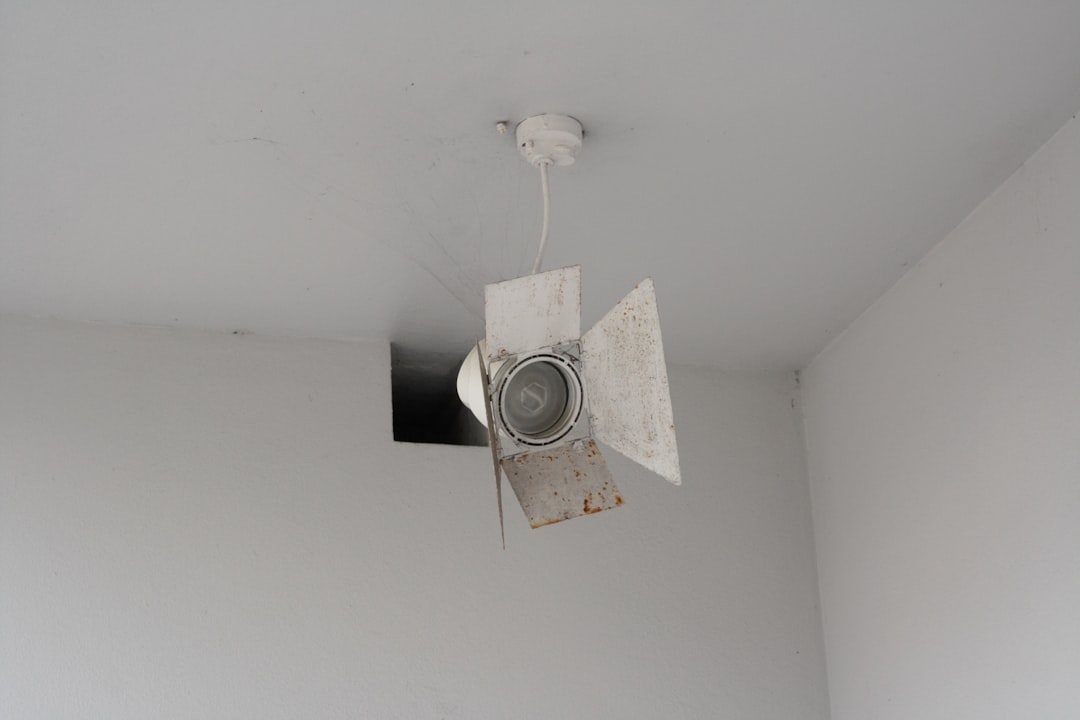Kitchen Fan Installation Cost: A Comprehensive Guide for Professionals
For construction professionals, understanding the cost of kitchen fan installation is crucial for accurate project planning. Installation costs can range from $375 to $3,000+, depending on factors like fan type, ductwork complexity, and geographic labor rates. This guide provides detailed insights into these variables, helping you make informed decisions.
Why Accurate Cost Data Matters
In the construction industry, even a small budget variance can impact project profitability. Accurate estimates prevent unexpected costs. CountBricks uses real-time data to provide precise estimates, ensuring transparency and protecting both contractors and clients.
Key Factors Influencing Kitchen Fan Installation Cost
- Fan Type & Capacity: Under-cabinet models are generally less expensive than decorative hoods. Higher CFM units cost more but offer better performance.
- Ductwork Complexity: Simple venting through an exterior wall is cheaper than complex duct runs through attics.
- Electrical Upgrades: New circuits or GFCI outlets may be needed, increasing costs.
- Finish Materials: Premium materials like stainless steel can raise costs.
- Permit Requirements: Mechanical permits may be required, adding to expenses.
- Geographic Labor Rates: Costs vary by location, with adjustments for regional differences.
Typical Price Ranges
- Basic 160-250 CFM under-cabinet fan: $375-$650 installed
- Mid-range 300-450 CFM hood: $750-$1,250 installed
- Premium 600 CFM decorative hood: $1,600-$3,000+ installed
Pro Tip: These figures include labor and materials but exclude cabinetry modifications, which can add $300-$800.
Behind the Numbers: How CountBricks Calculates Costs
CountBricks uses AI to analyze project specifics, providing detailed estimates. This includes calculating demo square footage, duct length, and labor hours, ensuring accurate and up-to-date pricing.
The CountBricks Installation Workflow
- Voice Capture: Discuss project scope via our app.
- AI Takeoff: Automated measurements and task selection.
- Instant Pricing: Adjusts for local labor and material costs.
- Digital Approval: Clients approve quotes online.
- Field Execution: Technicians follow detailed work orders.
Cost-Saving Strategies Without Cutting Corners
- Opt for direct-vent routes to reduce labor.
- Reuse existing circuits if compliant.
- Use bundled duct kits for savings.
- Coordinate trades to share mobilization costs.
- Utilize CountBricks’ Change Order Guard for cost control.
Real-World Example: The Martinez Kitchen
The Martinez family in Rochester used CountBricks for a 400 CFM hood installation. An unexpected duct issue was resolved with a quick change order, keeping the project on track and within budget.
When to Replace vs. Repair
Consider replacing fans over 10 years old for better efficiency and airflow. CountBricks provides side-by-side estimates for repair vs. replacement.
Financing & Rebates
Energy-efficient fans may qualify for rebates. CountBricks highlights applicable incentives in your quote, offering staged payment options.
Next Steps: Get a Precise Quote Today
For accurate kitchen fan installation costs, start a live session or upload plans at CountBricks.com. Get precise estimates with no surprises.
Deep Dive: Labor vs. Material in Your Kitchen Fan Budget
Understanding the labor-material cost split is essential for strategic savings. Labor often accounts for 50-65% of installation costs. Knowing this helps target cost-saving measures effectively.
Labor Components Explained
- Mechanical Work: Includes mounting and duct attachment.
- Electrical Work: Involves conduit installation and upgrades.
- Finish Carpentry: Cabinet modifications and trim installation.
- Cleanup & Disposal: Removal of old units and site cleaning.
Scheduling trades efficiently can reduce idle time and costs.
Material Cost Drivers
- Fan or Hood Model: Decorative models can significantly increase costs.
- Ductwork: Rigid metal duct is more expensive but often required.
- Vent Terminations: High-quality roof caps prevent drafts but add to costs.
- Ancillaries: Includes sealants and fasteners.
CountBricks’ pricing engine adjusts for supply changes, maintaining stable estimates.
Case Study Snapshot: Multiplex Retrofit
A property manager saved $1,840 on a multiplex retrofit by optimizing crew sequencing and bulk purchasing materials, demonstrating the effectiveness of strategic planning.
Ready to Refine Your Numbers?
Visit CountBricks.com to start refining your estimates with real-time data and expert insights.

